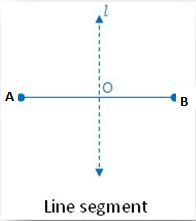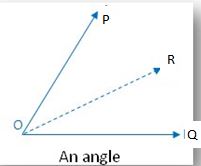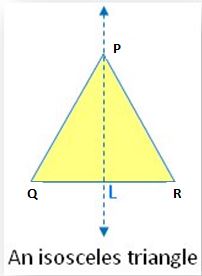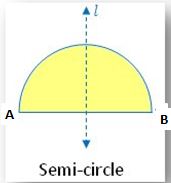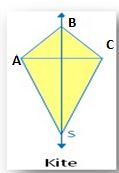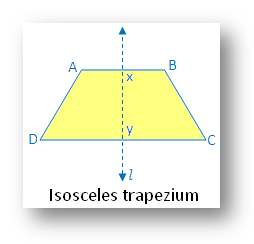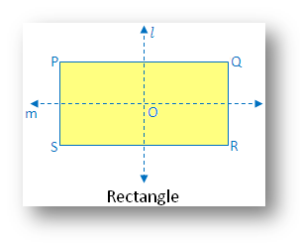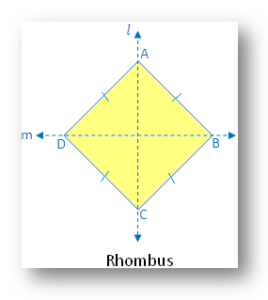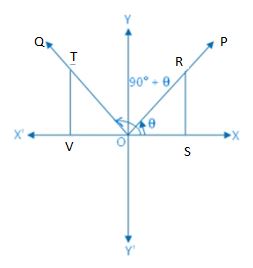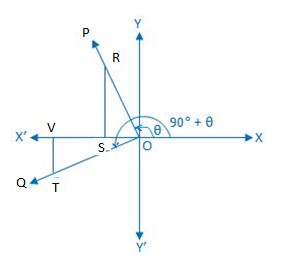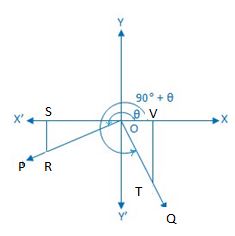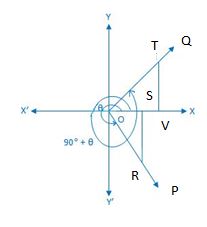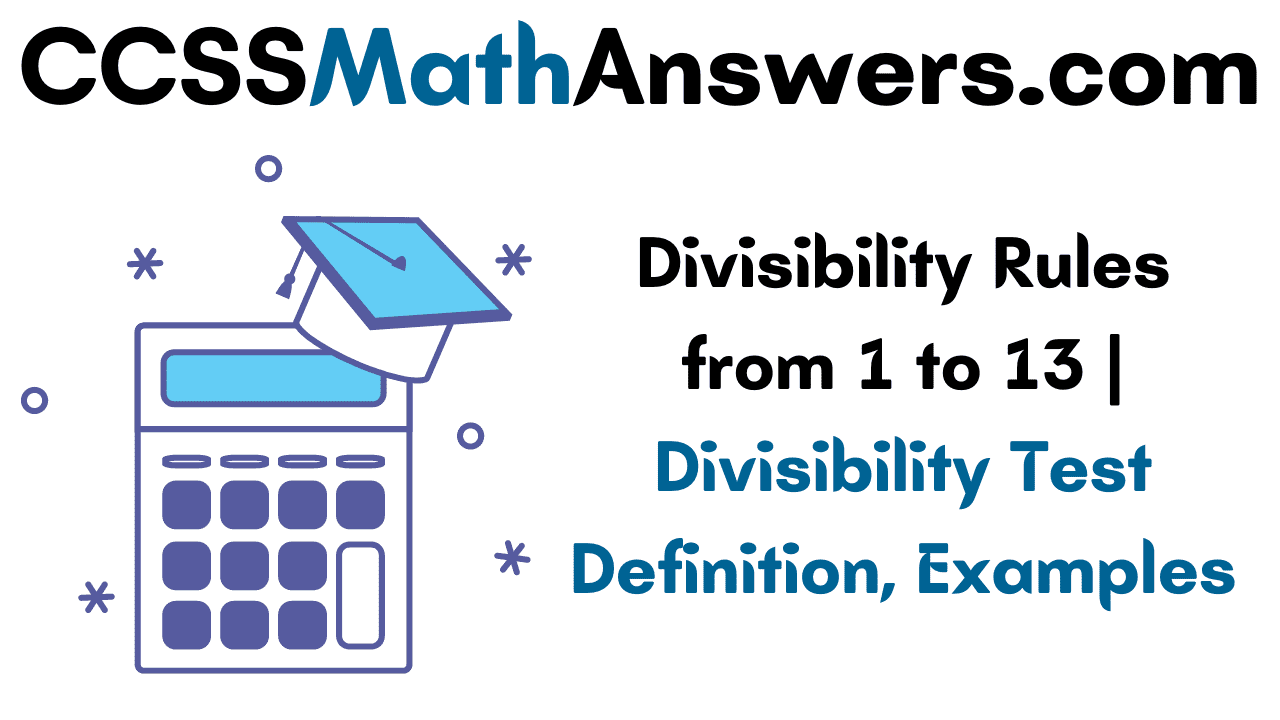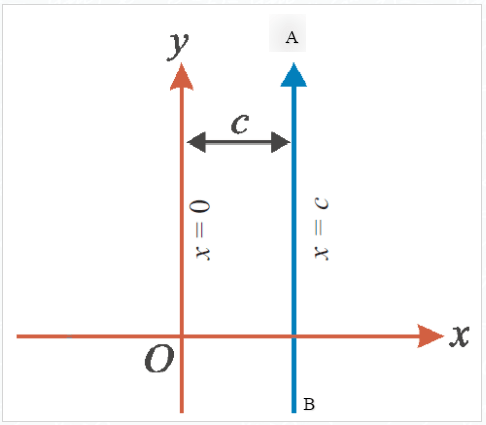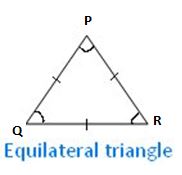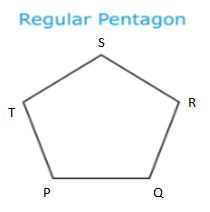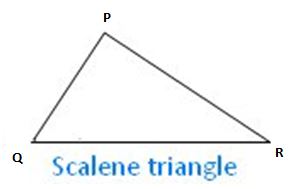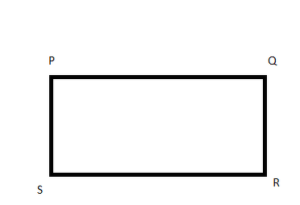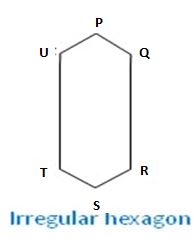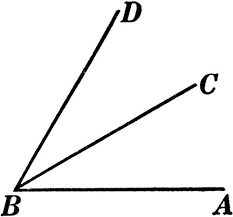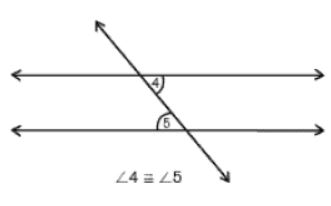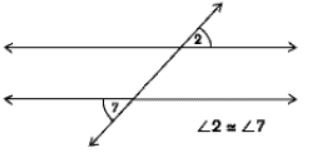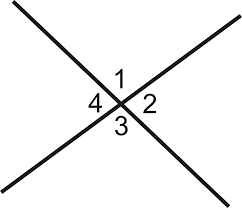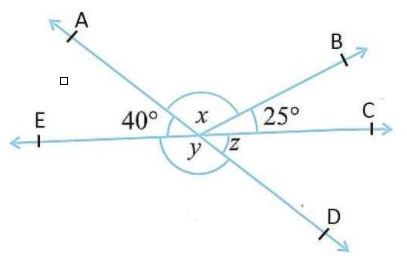Addition and Subtraction of Fractions tips and tricks are here. Know the various formulae, methods, and rules involved in adding or subtracting the fractions. Refer to steps on how to add and subtract fractions from each other. Find Solved Example Problems on fractions addition and subtraction of values. Check the below sections to know the complete details regarding fraction values addition and subtraction.
Addition and Subtraction of Fractions
Addition and Subtraction of Fractions are not that easy as adding or subtracting the whole numbers. It requires an extra procedure to get the desired results. There are certain steps to follow while adding or subtracting the fractions. Though you come to know various steps, you have to practice more problems to become perfect in this concept.
How to Add and Subtract Fractions?
Follow the below-listed procedure to know in detail about Adding and Subtracting Fractions. By following these simple steps you can solve Addition, Subtraction of Fractions Problems easily. They are as under
- In the first step, you have to verify if both the denominators are equal or not.
- In the case of different denominators, you have to convert the denominator to the same value to make them equivalent fractions. Equivalent fractions are those which has the same denominator value.
- Once the denominator is the same for both the fractions, then we go for further simplification.
- We add or subtract the numerator values in the simplification process.
- Write the answer to the numerator value with the common denominator.
Tips for Adding and Subtracting Fractions
- Make sure, denominators are similar or equal before adding or subtracting the fractions.
- On multiplying the top and bottom of the fraction with the same number, the value of the fractions remains the same.
- Before starting the simplification of adding and subtracting fractions, practice converting fractions to common denominators beforehand.
- You have to simplify your answer once addition and subtraction are done. In some of the cases, we find that the result of the answers can be reduced even if the original fractions cannot be reduced. The same procedure is followed in both the cases of adding and subtracting fractions.
- In the case of mixed fractions, first, you have to convert them to improper fractions and then start the simplification of adding and subtracting fractions.
Methods of Adding and Subtracting Fractions
Fractions addition and subtraction involve different methods. They are
- Like fractions addition and subtraction
- Unlike fractions addition and subtraction
- Mixed Fractions addition and subtraction
Like Fractions Addition and Subtraction
The fraction values which possess the same denominators are called “like fractions”. Addition and subtraction of these like fractions are easy because the value of the denominator is the same for both the fractions.
Example 1:
Solve the equation 1/4 + 2/4
Solution:
Given equation is 1/4 + 2/4
In the above equation, the denominator has the same values. Therefore, we have to consider the common denominator and then add the numerator values.
Step 1: Verify if the denominators of the fractions are the same.
Step 2: As the denominator’s values are the same, then add the numerator values to get the final result.
Step 3: Simplification of the equation
1+\(\frac { 2 }{ 4 } \) = \(\frac { 3 }{ 4 } \)
Therefore, the final result is \(\frac { 3 }{ 4 } \)
Example 2:
Solve the equation \(\frac { 6 }{ 8 } \)– \(\frac { 2 }{ 8 } \)?
Solution:
Given equation is \(\frac { 6 }{ 8 } \)– \(\frac { 2 }{ 8 } \)
In the above equation, we have the same denominator values, so we can directly subtract the values to get the final result.
Step 1: Verify if the denominators of the fractions are the same.
Step 2: As the denominator’s values are the same, subtract the numerator values to get the final result.
Step 3: \(\frac { 6 }{ 8 } \)– \(\frac { 2 }{ 8 } \) = \(\frac { (6-2) }{ 8 } \)
= \(\frac { 4 }{ 8 } \)
Step 4: Check if further simplification is possible
As the fraction value is \(\frac { 4 }{ 8 } \), on further simplification it results as \(\frac { 1 }{ 2 } \)
Unlike Fractions Addition and Subtraction
The fractions with different denominators are called “unlike fractions”. It is mandatory that the denominator value should be the same to add or subtract the numerator values. So, for the unlike fractions, first, we have to convert them to equivalent fractions and then simplify the equation.
Example 1:
Solve the equation \(\frac { 4 }{ 6 } \) + \(\frac { 2 }{ 8 } \)?
Solution:
Given equation is \(\frac { 4 }{ 6 } \) + \(\frac { 2 }{ 8 } \)
In the above equation, the denominator values are different and hence the fractions should be made equivalent first and then simplify them.
Step 1: Verify if the denominators are the same. The denominators are not the same and hence to make it equivalent. First, take the LCM of denominator values ie., 6 and 8. The LCM is 24
Step 2: To get the same denominator value, we multiply 6 and 8 with the multiple that converts both into 24. Multiple the multiple to both numerator and denominator of the fraction.
For the fraction value \(\frac { 4 }{ 6 } \), \(\frac { 4 }{ 4 } \) is to be multiplied. Therefore,
\(\frac { 4 }{ 6 } \) . \(\frac { 4 }{ 4 } \)
= \(\frac { 16 }{ 24 } \)
For the fraction value, \(\frac { 2 }{ 8 } \), \(\frac { 3 }{ 3 } \) is to be multiplied. Therefore,
\(\frac { 2 }{ 8 } \) . \(\frac { 3 }{ 3 } \)
= \(\frac { 6 }{ 24 } \)
Step 3: After the simplification, now verify if the denominators are the same.
The equations are \(\frac { 16 }{ 24 } \) and \(\frac { 6 }{ 24 } \). Therefore the denominators are the same.
Step 4: Now that the denominators are the same, now add the numerator values and give the common denominator
= \(\frac { 16 }{ 24 } \) + \(\frac { 6 }{ 24 } \)
= \(\frac { 22 }{ 24 } \)
Example 2:
Solve the equation \(\frac { 4 }{ 6 } \) – \(\frac { 2 }{ 8 } \)?
Solution:
The given equation is \(\frac { 4 }{ 6 } \) – \(\frac { 2 }{ 8 } \)
In the above-given equation, the denominator values are different and hence the fractions should be made equivalent first and then simplify them.
Step 1: Verify if the denominators are the same. The denominators are not the same and hence to make it equivalent. First, take the LCM of denominator values ie., 6 and 8. The LCM is 24
Step 2: To get the same denominator value, we multiply 6 and 8 with the multiple that converts both into 24. Multiple the multiple to both numerator and denominator of the fraction.
For the fraction value \(\frac { 4 }{ 6 } \), \(\frac { 4 }{ 4 } \) is to be multiplied. Therefore,
\(\frac { 4 }{ 6 } \) . \(\frac { 4 }{ 4 } \)
= \(\frac { 16 }{ 24 } \)
For the fraction value, \(\frac { 2 }{ 8 } \), \(\frac { 3 }{ 3 } \) is to be multiplied. Therefore,
\(\frac { 2 }{ 8 } \) . \(\frac { 3 }{ 3 } \)
= \(\frac { 6 }{ 24 } \)
Step 3: After the simplification, now verify if the denominators are the same.
The equations are \(\frac { 16 }{ 24 } \) and \(\frac { 6 }{ 24 } \). Therefore the denominators are the same.
Step 4: Now that the denominators are same, now subtract the numerator values and give the common denominator
= \(\frac { 16 }{ 24 } \) – \(\frac { 6 }{ 24 } \)
= \(\frac { 10 }{ 24 } \)
Mixed Fractions Addition and Subtraction
Example for addition of fractions
Solve the equation 3 \(\frac { 3 }{ 4 } \) + 2 \(\frac { 2 }{ 4 } \)?
Solution:
Given equation is 3 \(\frac { 3 }{ 4 } \) + 2 \(\frac { 2 }{ 4 } \)
The given fraction is a mixed fraction, hence we have to convert it to the whole number and simplify further.
Step 1: First of all, add the whole number to the mixed fractions
3 + 2 = 5
Step 2: Now, in the next step add the fractional part of the mixed number
\(\frac { 3 }{ 4 } \) + \(\frac { 2 }{ 4 } \)
= \(\frac { 5 }{ 4 } \)
Step 3: As both the fractions are added separately, then convert an improper fraction into a proper fraction
\(\frac { 5 }{ 4 } \) = 1 \(\frac { 1 }{ 4 } \)
Step 4: Combining the equation
5 + 1 \(\frac { 1 }{ 4 } \) = 6 \(\frac { 1 }{ 4 } \)
Example for subtraction of mixed fractions
Solve the equation 3 \(\frac { 3 }{ 4 } \) – 2 \(\frac { 2 }{ 4 } \)?
Solution:
Step 1: In the first step, we subtract the whole numbers of both the fractions
3 – 2 =1
Step 2: In the next step, we subtract the fraction part of the mixed numbers
\(\frac { 3 }{ 4 } \) – \(\frac { 2 }{ 4 } \)
= \(\frac { 1 }{ 4 } \)
Step 3: Now, that the result of the 2 parts are found, combine the equations
1 + \(\frac { 1 }{ 4 } \) = 1 \(\frac { 1 }{ 4 } \)
Unlike Mixed Fractions Addition and Subtraction
In unlike mixed fractions, the denominator value is different and it needs to be made the same by using the LCM method.
Adding Mixed Unlike Fractions
Solve the equation 3 \(\frac { 3 }{ 4 } \) + 2 \(\frac { 2 }{ 6 } \)?
Step 1: In the first step, add the whole numbers of the equation i.e.,
3 + 2 = 5
Step 2: As the denominators of both the equations are different, take the LCM of both the denominators.
Hence the LCM value of 4 and 6 is 12.
To get the same denominator value, we multiply 4 and 6 with the multiple that converts both into 12. Multiple the multiple to both numerator and denominator of the fraction.
For \(\frac { 3 }{ 4 } \), \(\frac { 3 }{ 3 } \) should be multiplied to get the denominator value as 12.
For \(\frac { 2 }{ 6 } \), \(\frac { 2 }{ 2 } \) should be multiplied to get the denominator value as 12.
Step 3: Now, that both the fractions have the same denominators
\(\frac { 9 }{ 12 } \) + \(\frac { 4 }{ 12 } \)
= \(\frac { 13 }{ 12 } \)
Step 4: Convert improper fraction to proper fraction
\(\frac { 13 }{ 12 } \) = 1 \(\frac { 1 }{ 12 } \)
Step 5: Now combine both the fractions
5 +1 \(\frac { 1 }{ 12 } \) = 6 \(\frac { 1 }{ 12 } \)
Subtracting unlike mixed fractions
Solve the equation 3 \(\frac { 3 }{ 4 } \) – 2 \(\frac { 2 }{ 6 } \)?
Solution:
Step 1: In the first step, add the whole numbers of the equation i.e.,
3 – 2 = 1
Step 2: As the denominators of both the equations are different, take the LCM of both the denominators.
Hence the LCM value of 4 and 6 is 12.
To get the same denominator value, we multiply 4 and 6 with the multiple that converts both into 12. Multiple the multiple to both numerator and denominator of the fraction.
For \(\frac { 3 }{ 4 } \), \(\frac { 3 }{ 3 } \) should be multiplied to get the denominator value as 12.
For \(\frac { 2 }{ 6 } \), \(\frac { 2 }{ 2 } \) should be multiplied to get the denominator value as 12.
Step 3: Now, that both the fractions have the same denominators
\(\frac { 9 }{ 12 } \) – \(\frac { 4 }{ 12 } \)
= \(\frac { 5 }{ 12 } \)
Step 4: Now combine both the fractions
1 + \(\frac { 5 }{ 12 } \) = 1 \(\frac { 5 }{ 12 } \)


